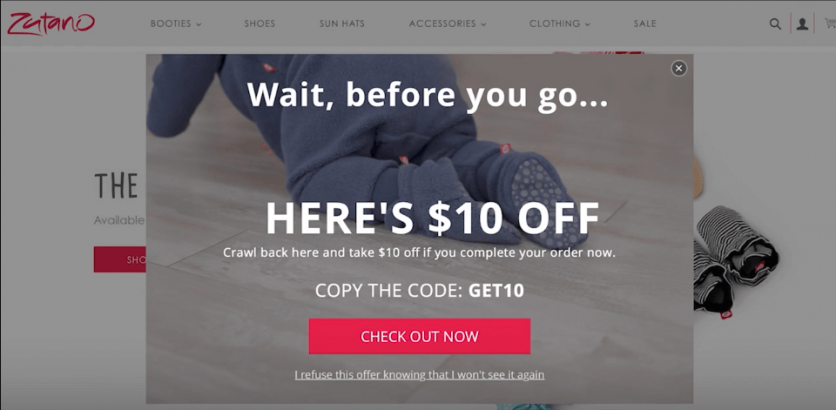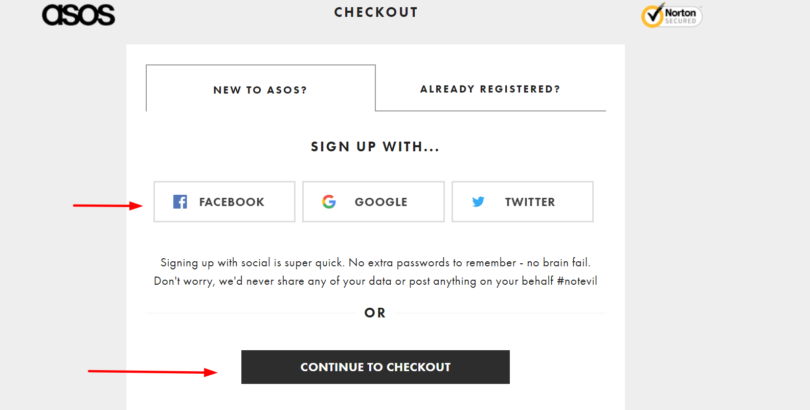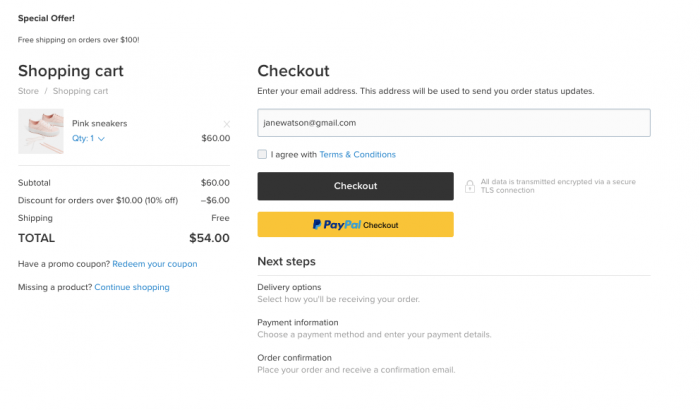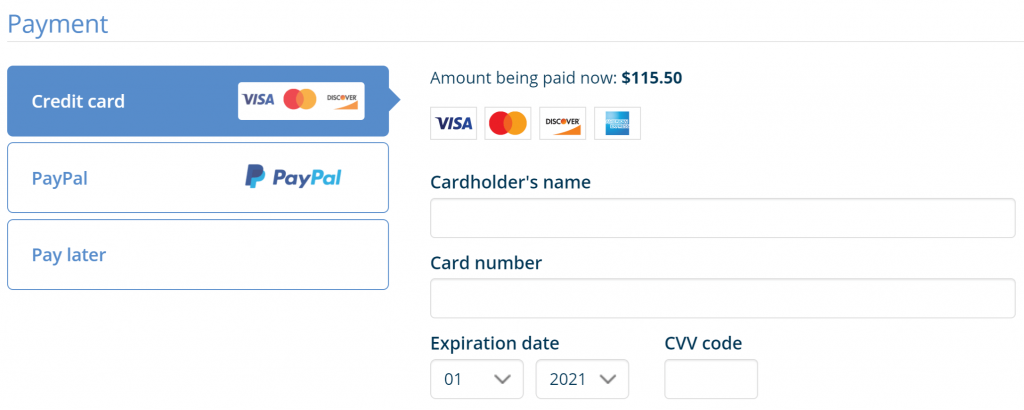Are you having trouble keeping customers on your checkout page? You’ll need checkout page optimization if that’s the case! E-commerce businesses face a significant abandonment of shopping carts. The typical cart abandonment rate is approximately 70%.
Most consumers who add an item to their online shopping cart do not buy it. That’s simply precious revenue you don’t want to lose.
Why Optimize Your E-commerce Checkout Page?
The checkout page, in particular, has a greater role in converting consumers than many would think. The checkout page may make or break the final sale after all of your hard work bringing prospects down the funnel to make a purchase.
There are several elements to the checkout page that you should think about, ranging from more significant issues such as cart flow length/steps, cart layout, and accepted payment methods to more minor aspects such as the order in which the components appear or the appearance of CTA buttons. In short, you can optimize your checkout page in its entirety for better conversion results.
This blog will see 8 best practices for optimizing e-commerce checkout pages for up to 5x more conversions.
Let’s get going!
1. Use Automated Exit-Intent

Using automated exit-intent popups to enhance checkouts is highly effective. For instance, Wigzo’s sophisticated automated exit-intent nudge recognizes when visitors are about to depart your site, and it displays them a customized message at the perfect moment.
With exit-intent content, you can interact with the customers in their ‘hot purchase-decision making’ moment. E.g.
- offering an on-spot discount to complete the purchase
- asking a question
- offering a coupon to encourage them to shop
- asking them to sign up so you can send them a coupon
2. Allow Guest Checkout

As per research by Baymard, the second significant reason for cart abandonment is the account creation/registration process. It’s clear that people dislike providing their personal information online, but so many e-commerce sites have made the sign-up process compulsory.
It’s understandable why businesses want consumer data for marketing efforts, but they must also realize that not everyone wants to be included in their campaigns, deals, or emails.
So, avoid the need to create an account by providing a Guest Checkout option on your eCommerce site. It’s one of the most important practices for optimizing eCommerce checkout flow.
3. Use Urgency and FOMO
Urgency and the Fear of Missing Out (FOMO) are two marketing strategies that are guaranteed to succeed. People dislike the concept of missing out on a good bargain, and if a great offer is about to expire, there’s an even stronger desire to grab it.
You see this in action with sales and discounts that have a countdown timer attached to the checkout page. The timer creates a sense of urgency and encourages people to buy the product before it’s too late – boosting your checkout conversions significantly!
4. Free Shipping or Discounted Shipping is AWESOME

Another eCommerce checkout optimization idea is to make free delivery available to the customers. In a nutshell, online customers are dissatisfied with the high shipping fee, which is to be expected. It’s no surprise that it’s the leading cause of shopping cart abandonment according to Baymard’s research.
The last checkout step inadvertently compels consumers to abandon their carts. Some e-commerce firms impose a hefty shipping cost, which is enough to deter customers from buying.
Offering free shipping may be a smart method to reduce cart abandonment on the checkout page and encourage consumers to buy.
5. Surprise Costs are a No-No!
It’s incredibly frustrating for customers to expect they’re spending one price, only to find out it’s far more once delivery fees and taxes are considered.
Over 60% of cart abandoners are concerned with additional costs. As a result, checkout page optimization is a crucial issue to address.
Free shipping is such a hit with customers that many eCommerce businesses offer it. It’s effective—people like it! If you can’t provide free delivery, make sure your website clearly informs consumers what each item will cost upon purchase. Also, be sure to always display the final price on your shopping cart page.
6. Allow Multiple Payment Options

Increasing the number of payment and delivery alternatives on the checkout page is an easy way to improve conversions. Around 6% of online customers abandon a checkout page because there are no suitable payment options. While the other 4% are unable to make a purchase as their credit card is not supported by the existing gateways. That is equivalent to losing 10% of consumers over payment-related challenges.
Offering a variety of payment alternatives can help. It’s also crucial because customers have loyalty to various payment methods. So, let people choose their preferred payment method from a number of alternative options. It will almost certainly lead to a higher conversion rate.
You must also accept payments by credit card, debit card, or digital wallets such as PayPal and Google Pay, and offer cash-on-delivery if feasible.
Similarly, you should provide people with multiple shipping services. Different shipping stores have different delivery times, so let the users decide how quickly they want their item to get delivered.
7. Highlight Security and Trust Seals
This is another checkout page optimization tip. More than 15% of the visitors will abandon checkout pages because they don’t trust websites with their payment information. This is usually a gut feeling, so it’s critical to correct that misconception.
There are a number of things eCommerce businesses can do to enhance their reputation:
- Use SSL seals to demonstrate the site’s security (the Norton seal is the most trusted)
- Insert trust seals that illustrate the company’s compliance and quality standards
- Include symbols such as padlocks
- To indicate a secure site experience, you can make sure your credit card area stands out
8. Consider Using a One Page Checkout
One of the most effective methods to improve the efficiency of your checkout procedure is to use a One-Page Checkout on your website, commonly known as a single-page checkout.
The checkout optimization removes the need for multiple pages by placing all of the checkout components on a single page. It has a simple, quick, and convenient checkout with higher conversion rates as a result.
You can also add to the users’ experience by enabling Google’s Auto-fill functionality on your checkout page.
When a visitor enters an address into the form’s address area, it immediately shows possible suggestions. The remaining address fields are filled automatically once an address has been selected.
This should yield more checkouts for your e-commerce brand.
Checking-out From This Blog…
Make checkout page optimization a top priority for your e-commerce site. Employ the above-mentioned best practices and see your conversion rate shoot up for up to 5x more revenue.
For implementing the best practices, check out Wigzo’s powerful marketing automation features. For instance, its exit-intent pop-up and automated email/SMS/WhatsApp cart recovery can help you recover up to 60% of the otherwise lost sales.
Try it FREE today!













